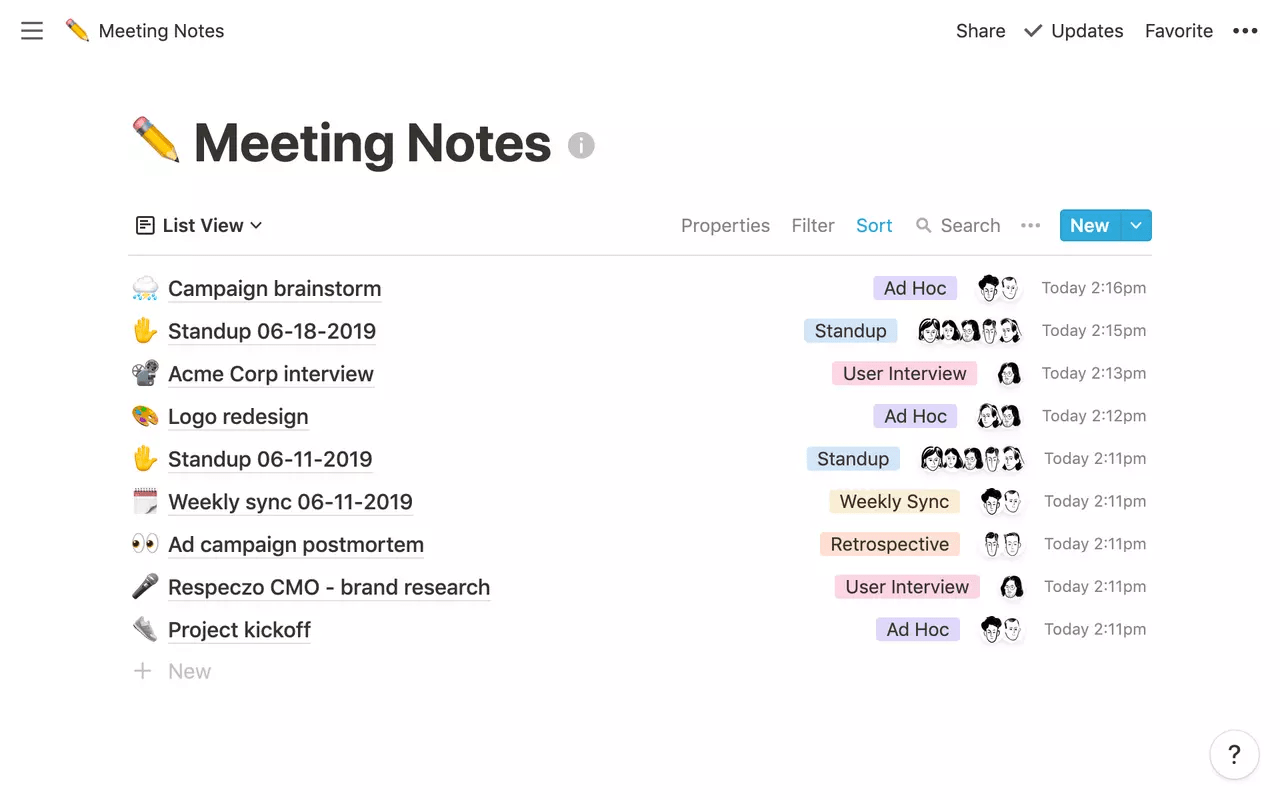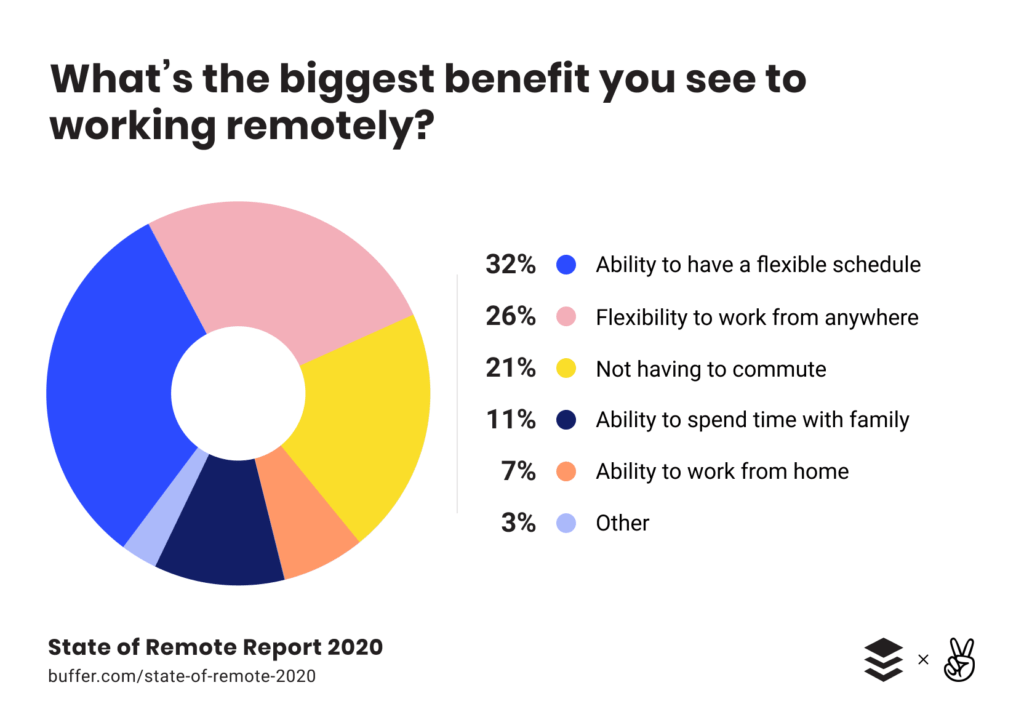Working remotely is a very common solution nowadays. From the point of view of employees, it is undoubtedly time-saving and more comfortable. “Commuting” to work takes them seconds, not hours spent in traffic jams. They can choose whether they work in the office or if the bed becomes their command center. There is no dress-code (unless they have an online business meeting), and they can get up shortly before starting work. No makeup, no ironing clothes, nor running for the bus, just staying in their own home. What’s not to like about that?

Photo by Dillon Shook on Unsplash
But is it really such a perfect solution? Of course, it has its flaws. It can be hard to manage your team when everybody is working remotely from various locations. It might also be difficult to keep everybody motivated and to track their progress.
So running a remote team may be challenging, but if you are armed up with some actionable tips then things can be made a whole lot easier.
1. Choose tools that make work efficient
Start with those that will improve communication in the team, like Slack, WhatsApp, or Messenger. It all depends on the preferences of yourself and your team members. Maybe getting a toll-free number for employee support or having a dedicated HR team can help resolve the communication barrier. It would also be helpful if you organized the working time schedule to keep the completion of tasks in order. be it with the most basic Google Sheet or a dedicated tool such as Asana or Notion.

Another aspect is tools that allow employees to perform their duties, like by giving them access or passwords to all the necessary websites or platforms. Also, provide a tool that will improve your workflow and allow you to check how work is progressing. Example? You might think that one problem is answering calls from home, and it’s possibly a bigger challenge than you imagine.
With CloudTalk, which is a piece of call center software, If one agent doesn’t know the answer to a question then they can use the Warm Transfer feature to quickly switch the call to someone who does. However, when these agents are not in one office, it may not actually be known whether another agent can answer a call or knows the answer to the question. This is where the Status of Agents comes in handy, providing clear information about whether a given agent is occupied or can answer calls.
There are many competitors in the market who provide call center software along with 24x7 customer support. Getting the right tool for your business is the most important thing.
And remember that providing your employees with tools is not everything. You also need to teach them how to use the tools properly for smooth cooperation. Each month, you can use a call center audit template to see if employees understand the customer’s concerns and provide the best solution, which means they understand the tools you teach them correctly.
2. Define your expectations and goals
It’s difficult to meet requirements that haven’t been established. From the very beginning, you should explain what you expect from your employees. Should they report their progress, and if so, with what frequency? You must also define the goals of the entire organization. Everyone should know what they are working towards. It's a good idea to set monthly, quarterly, and yearly goals. It would also be wise to evaluate these objectives and draw conclusions from them. Were they all achieved? If not then why not, and what could be improved?

Source: Dilbert
An individual approach to each employee is also fundamental. Not everyone will be equally effective when working remotely - some people need more time to adjust to this style of work. Also, remember that employees have preferences and natural predispositions of their own regarding activities performed at work. The pace of their work also depends on them, and the goals you define should too.
3. Provide flexibility
Some team members will find themselves working better remotely, others less so. Some employees will work faster, others slower. You must remember this and be understanding. If an employee has to work 8 hours per day but the start and end times aren’t very important, then let them decide.

Some work better at 8 AM, while for others, it’s the moment their alarm clock goes off - and that’s ok. As long as the work gets done then you have nothing to worry about, and a bit of freedom in organizing the daily work schedule hasn’t hurt anyone yet.
4. Be open for communication
Communication is the basis of team management, but when working remotely it basically goes completely digital. You should provide an appropriate communication tool and plan cyclical meetings during which the whole team provides updates on the progress of the project. You, as a manager, can also distribute new tasks or simply motivate team members to produce even better results. You can integrate a workflow management platform into your channels for a complete sync between your communication and productivity tools. It’s also very important to reassure every employee that they can turn to you in case of any problems. It doesn't matter whether these issues are strictly technical or more interpersonal within the team - you are there to help, and the project will suffer if you are not aware of such issues.
Also, be ready for feedback. Your employees have different points of view and can see things that you cannot, which can prove to be valuable.
5. Create an adjustable routine
It will be difficult for you to impose a precise routine for your employees, so you shouldn’t impose a strict schedule upon them. Just provide some guidelines about how to schedule their work effectively.
Set deadlines, preferably in advance. Also, ask for, e.g., daily reports about when they start working and which tasks they will cover; it would be good if they informed you when they “leave the workplace” too, i.e. close their laptop. Another solution is to use a system that monitors the work of each employee, then you will have all of this data stored automatically.
It’s good practice to work out a weekly routine, e.g. the team has a call together every Monday to discuss what has already been completed and what’s left to be done.
6. Help with maintaining a work-life balance
More than 60% of employees say that they’re working longer hours remotely than ever before. It shouldn’t be this way.
Employees who work too much will be exhausted and, as a result, work less efficiently. Remote work doesn’t make work-life balance more manageable. After all, there is not necessarily a physical difference between the workplace and somewhere that should be for relaxing, i.e. the home.

Source: Dilbert
It’s up to you to remind employees about maintaining the right balance. If you notice that someone keeps working overtime, praise the initiative but remind them about the importance of time for hobbies and relaxation in life. This way, your employees' efficiency may actually improve rather than suffer.
Lead your remote team to success
Remote work may seem to be a convenient solution, but that’s not always the case - especially from the perspective of a leader who has to manage a group of people located in various places. It takes time and experience to lead a remote team successfully.
We hope that the tips presented here will help you with that, and you will now be able to manage employees who work remotely even more effectively. The results of your team’s work may then be as good as usual, if not even better.
About the author:
David Cacik, Head of Marketing at Cloudtalk.io.
What would you like to know and what would be the best way to share this information to you? What is the best tips & tricks, what workaround do you use? We'd really appreciate your insight on these ones to make our integrations better, more productive and much more efficient. Comments, tweets are always welcome.